Game Items as Assets: How Blockchain Is Changing What You Own
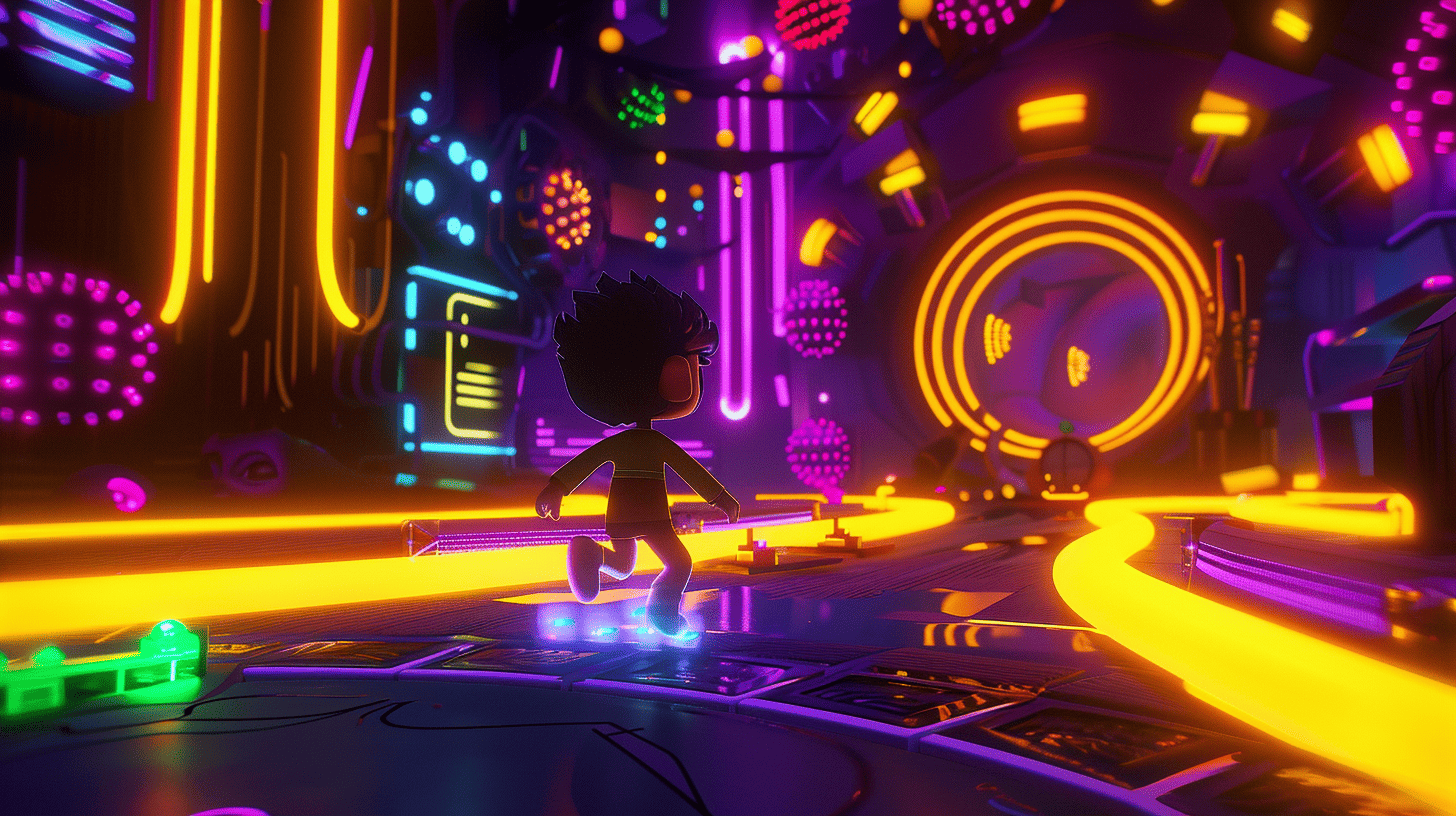
In most games, what you earn stays locked inside the platform. You grind for hours, collect gear, level up — and none of it matters once you log out.
You can’t sell your items. You can’t transfer them. And if the game shuts down, everything disappears with it.
Blockchain changes that.
When game items become assets, they move with you. They don’t depend on one server or company. You own them the same way you own crypto in your wallet.
This isn’t just a technical upgrade. It changes how games work, how players act, and what it means to earn something online.
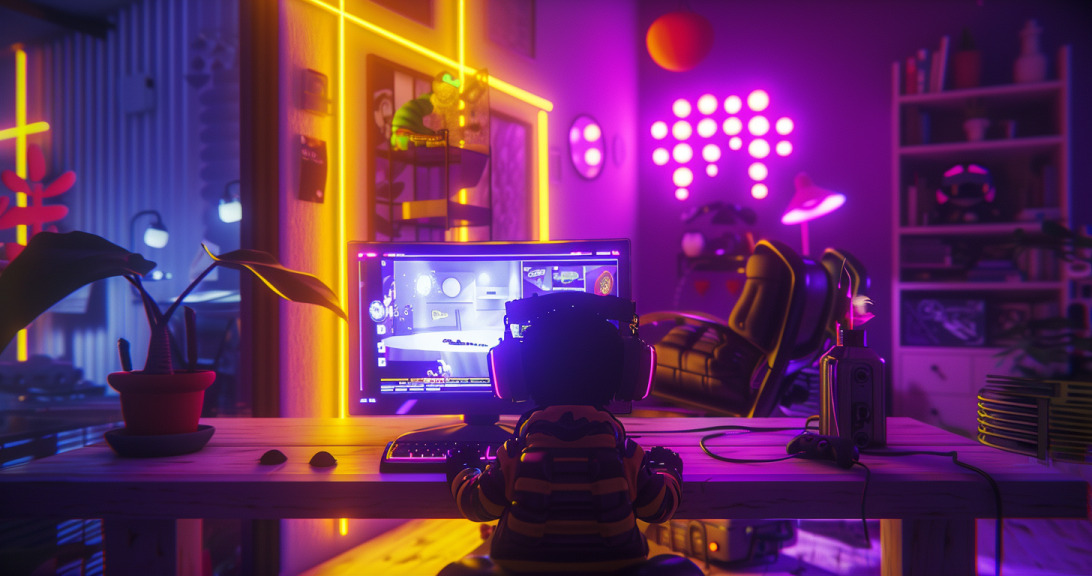
Digital Assets vs. Game Data: What’s the Difference?
Game data is what most players deal with today. Items, points, skins — all stored on the game’s servers. You can use them while you play, but you don’t really own them. The game controls everything.
Digital assets are different.
They’re stored on a blockchain. That means no one can delete, change, or block them without your permission. They’re not just part of the game — they’re part of your wallet.
A skin in a Web2 game is a rental. A tokenized skin in a Web3 game is property.
The shift is small on the surface, but big in meaning. It moves power away from the game and gives it to the player.

Why Ownership Matters in Games Now
Games take time. They also take money. Players invest both — sometimes a lot. But without ownership, that value disappears the moment they stop playing.
Blockchain gives that time and money some weight.
When you own what you earn, you get to decide what happens next. You can keep your items. You can sell them. You can move them to another wallet. No one can block you or reset your progress.
This isn’t just about profit. It’s about control.
You earned the item. You should decide what to do with it. Blockchain makes that possible.

What Makes a Game Item Valuable on the Blockchain
Not every item is worth something — even if it’s tokenized. Value comes from more than just being on-chain.
Some items are rare. Maybe only a few were ever minted. Others have utility — they unlock features, give bonuses, or help in-game. Some get value from history, like early drops from a game’s first season.
Demand matters too. If people want the item — to use, collect, or resell — the price goes up. If no one cares, even a rare NFT sits idle.
Just being on the blockchain doesn’t make an item useful. But when design, demand, and ownership line up, it becomes more than just digital gear — it becomes a tradable asset.
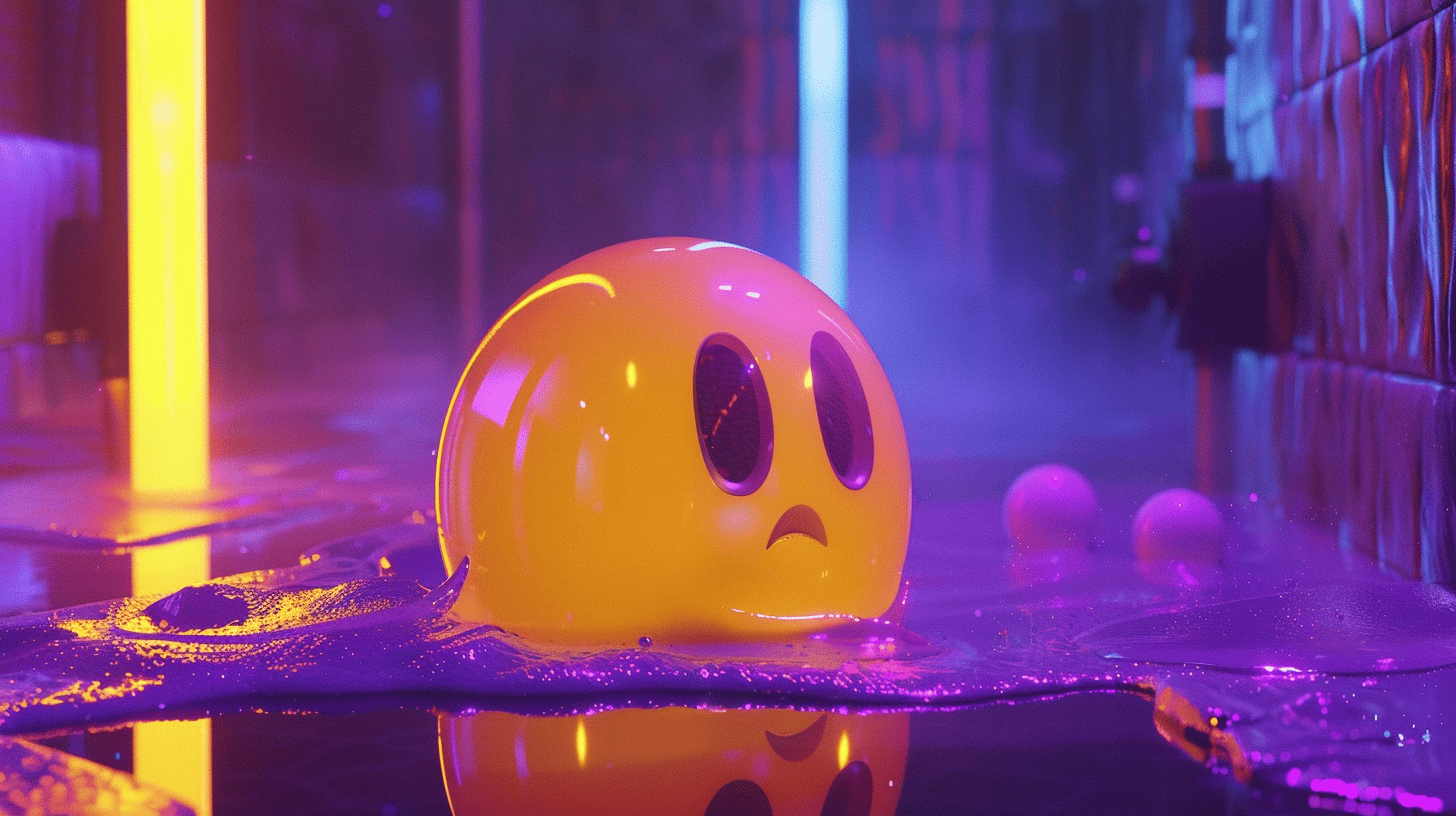
Portable Items: Using One Asset Across Multiple Games
Most game items stay in one place. You can’t use a Fortnite skin in Call of Duty. Each game runs its own system, with no connection to others.
Blockchain opens the door to change that.
When an item lives in your wallet — not inside a game — other games can recognize it. A sword earned in one game could give you a bonus in another. A badge from one world might unlock access somewhere else.
This doesn’t require big partnerships. Just shared standards and support for the same token types.
It’s not common yet. But a few projects already do it. And for players, it means one thing: your items start to follow you — not the other way around.

Earning, Holding, Selling: New Player Roles in Web3 Games
In Web3 games, you’re not just a player anymore. You’re also an asset holder. Sometimes, a trader.
You can earn items by playing. You can hold them, hoping their value grows. Or you can sell them right away. The choice is yours.
This changes how people play. Some focus on building collections. Others flip rare drops for profit. Some just want to use strong items and enjoy the game.
Marketplaces play a big role here. You don’t need the game’s permission to trade. You just list the item. If someone wants it, the deal happens.
The game becomes more than just a game. It becomes a system where skill, timing, and ownership all matter.
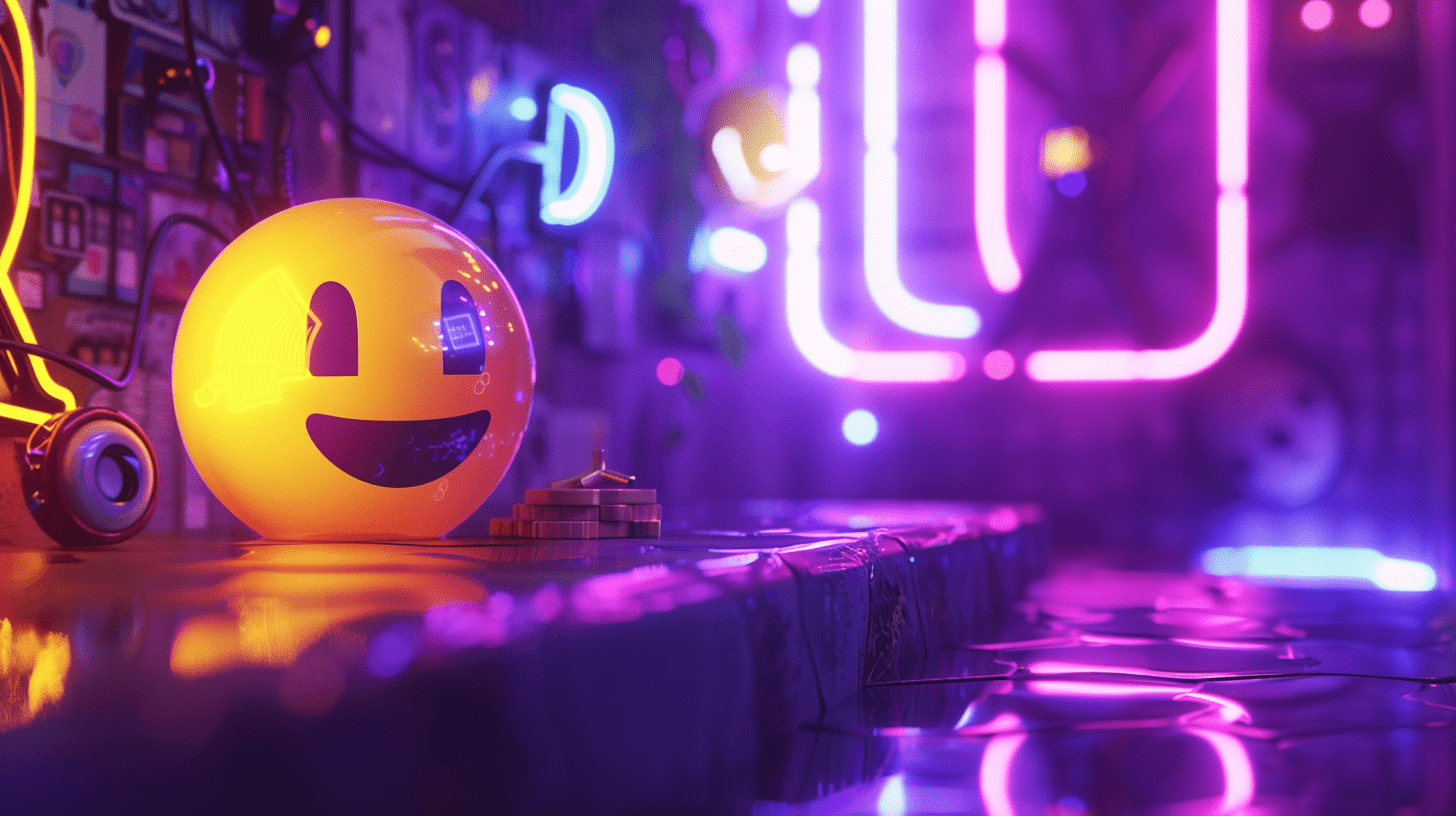
Why Blockchain Items Still Have a Long Way to Go
The idea sounds good — own your items, trade them freely, use them anywhere. But in practice, it’s not that easy.
User experience is still rough. Wallets confuse new players. Gas fees slow things down. Scams and fake NFTs are everywhere.
Big gaming studios aren’t rushing in either. Many players push back against anything labeled “NFT.” And some Web3 games launch with poor design, which makes things worse.
The concept works best when it’s simple, useful, and invisible. Most projects aren’t there yet.
Still, things are moving. Web3-native games are learning fast. And once the tools improve, ownership might feel as normal as saving progress used to be.
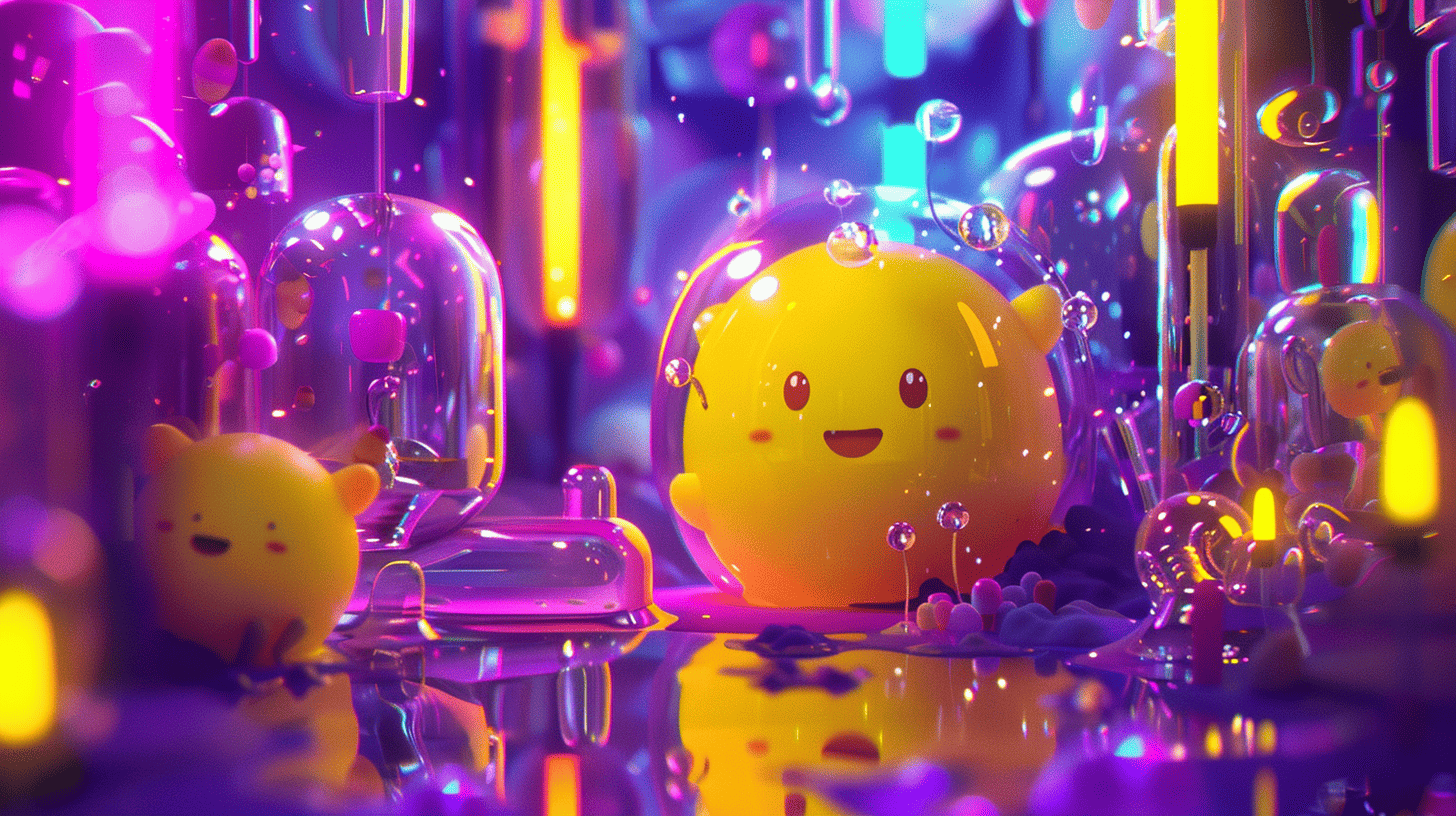
Conclusion
In most games, what you earn stays locked. Blockchain changes that. It turns digital items into assets — things you actually own.
That ownership gives you control. You can use, sell, or hold your items without anyone’s permission. And that shift matters — not just for trading, but for how games are built and played.
The tools still need work. Not everything runs smoothly. But the direction is clear: when players own what they earn, the rules of gaming start to change.
